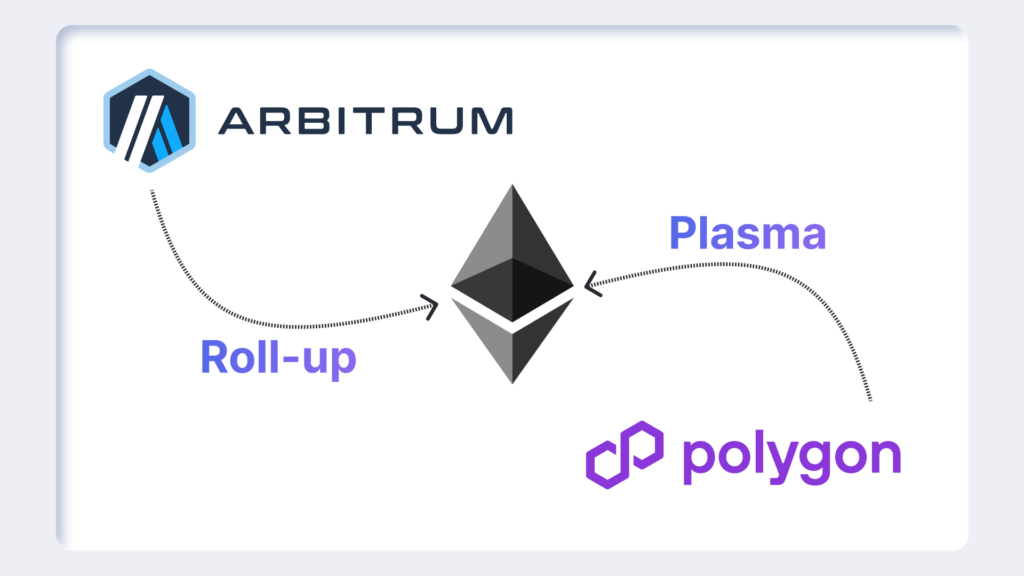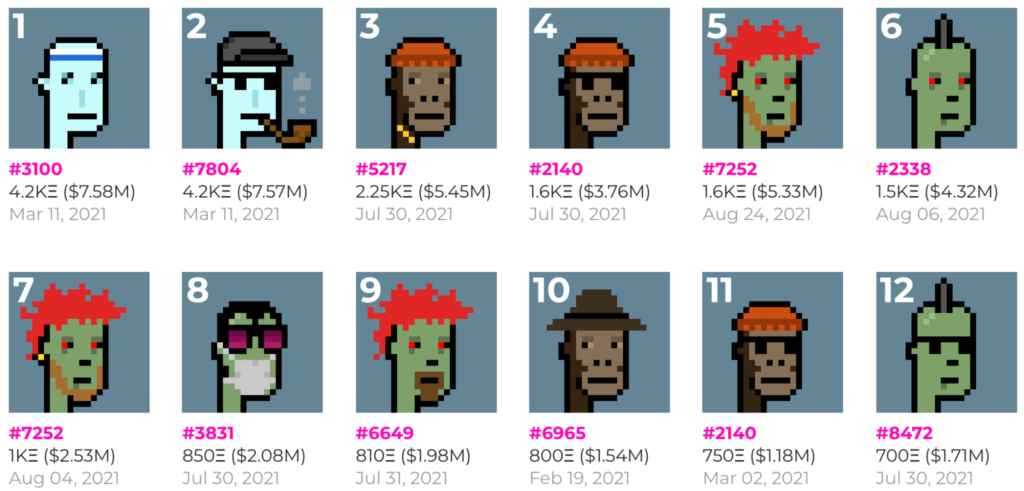Mastercard has taken its most decisive step yet into digital assets, announcing it will let merchants settle card payments in regulated stablecoins such as Circle’s USDC and Paxos’s USDP. The update, revealed on April 29, positions the 60-year-old network at the heart of a fast-forming bridge between traditional finance and on-chain money.
Under the new framework, businesses that plug into Mastercard’s rails can opt to receive proceeds in USDC rather than fiat, regardless of whether customers pay with plastic, Apple Pay or a crypto wallet. The behind-the-scenes plumbing will be handled by payments processor Nuvei, while Circle and Paxos provide the fully-reserved tokens that track the US dollar 1:1.
For merchants with suppliers overseas, the allure is obvious: settle a day faster, dodge costly FX spreads and route funds straight to DeFi treasuries if they choose. “Stablecoins are evolving from crypto trading tools to essential solutions that bring efficiency and programmability to payments, disbursements and remittances,” Mastercard wrote in its launch brief, citing the bipartisan GENIUS Act winding through Congress as a catalyst for newfound clarity.
A card that spends stablecoins natively
In tandem, Mastercard unveiled a co-branded debit card with global exchange OKX. The plastic taps OKX’s on-platform balances—BTC, ETH, but especially USDC—then converts on the fly at more than 150 million merchant locations. While Mastercard already powers cards for Crypto.com, Binance and MetaMask, the OKX tie-up leans harder into day-to-day spending. It also funnels users toward OKX’s Web3 wallet, where on-chain swaps and NFT purchases live one tap away from the checkout line.
Nuvei, Circle and Paxos in the engine room
Nuvei’s role is to shoulder the heavy lifting of compliance, KYC and instant token conversion. When a shopper in São Paulo buys sneakers from a Berlin-based store, the acquirer can release USDC to the merchant’s wallet within minutes—no multiday correspondent banking chain, no weekend blackout. Paxos will offer a parallel flow using its own USDP token.
The settlement option dovetails with Mastercard’s Multi-Token Network (MTN), a sandbox that links commercial bank deposits, tokenized Treasuries and verified crypto wallets. Participants already include JPMorgan’s Onyx division, Standard Chartered’s Zodia Markets and DeFi powerhouse Ondo Finance. Meanwhile, Mastercard Crypto Credentials—human-readable aliases for wallet addresses—have gone live on Wirex, Bit2Me and Coins.ph, lowering the UX barrier for first-time users.
A $2 trillion tailwind?
Analysts at Standard Chartered predict the global stablecoin float could balloon from $150 billion today to $2 trillion by 2028 once U.S. legislation settles. If that materializes, payment networks face an adapt-or-decline moment. Visa is courting USDC on Solana; Stripe just restored crypto payouts. But Mastercard’s full-stack approach—acquiring, issuing and settlement—gives it a head start in capturing fees and data from this emerging money layer.
By weaving dollar-pegged tokens into its settlement core, Mastercard isn’t just testing crypto; it’s hard-wiring it into the world’s daily spend. Should Washington green-light stablecoins, the company will already have the pipes in place—turning a regulatory sprint into a long-distance earnings play.


